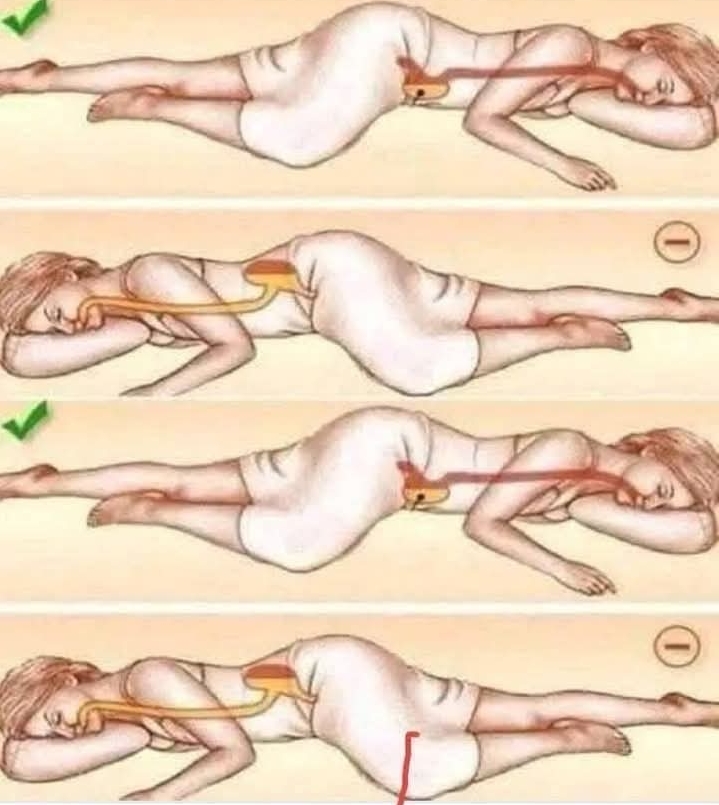When I married Claire, a warm and resilient single mother with two delightful daughters, I believed I was stepping into a new chapter filled with hope, love, and the promise of a shared future.
spoon and, with wide eyes, whispered, “Daddy hates loud noises.” I froze, puzzled by her sudden comment. Later that day, as I glanced at what the girls were drawing, I saw Emma’s family sketch—Claire, me, and the two of them—except for one figure, drawn in gray crayon, separated slightly from the rest.
When I asked about it, Lily replied, “That’s Daddy.” The figure was isolated, almost as if it was being kept apart on purpose. “And that is our basement,” Lily added with certainty. My heart raced as the realization hit: the girls had come to believe that their father lived in the basement.
The tension reached its peak when the girls, one day, asked if I wanted to “visit Daddy” in the basement. I was taken aback. “What do you mean?” I asked. Lily added, “Mommy keeps him in the basement.” My heart sank. I tried to brush it off, but Emma insisted, “We visit him so he doesn’t feel lonely.” The earnestness in their voices made it impossible to dismiss.
Later that evening, I gathered the courage to ask Claire about it. “What’s the story with the basement?” I asked cautiously. Claire’s face clouded with sadness. She explained, “The girls’ father… he passed away two years ago. I thought keeping him in the basement, a place they could visit, would help them cope with the loss. I never meant for it to be a source of confusion, but now I see that it’s become something they cling to for comfort.”
The revelation was both heartbreaking and illuminating. The basement wasn’t haunted by literal ghosts but by memories of a father they had lost. Claire had been trying to protect the girls from the pain of their grief by keeping their father’s memory in the basement, away from the rest of the house. It was a space to visit, to feel close to him.
Determined to bring a sense of closure, I suggested we move the urn and his cherished belongings into a more open space. Claire agreed. Together, we transformed the living room into a memorial space, with the urn surrounded by family photos, Emma’s drawings, and mementos of happier times. It became a place where their father’s memory could be celebrated openly, where they could feel connected to him without hiding the grief away.
In the following weeks, we embraced a new tradition. Every Sunday evening, after dinner, we would gather around the memorial area. Claire would share stories of their father—his humor, his tenderness—and the girls would talk about the things they missed most. These evenings became a sanctuary for us, a time for healing, and for strengthening the bonds that held our family together.
I had entered their lives with hopes of building a new family, but now I understood that love is not about replacing what’s lost but honoring it. The basement, once a place of secret sorrow, became a testament to the love they had for their father, and a symbol of how we had integrated his memory into our new life together. Through our shared vulnerability, we found strength and unity. The family secret was no longer something to hide; it was a part of who we were.
Today, our home is filled with laughter, shared memories, and love—old and new. The pain of loss has transformed into quiet gratitude, and I’ve come to embrace my role as a supportive partner, not replacing the memory of their father, but complementing it. As our family grows, we continue to honor his memory while building a future filled with promise and love.
